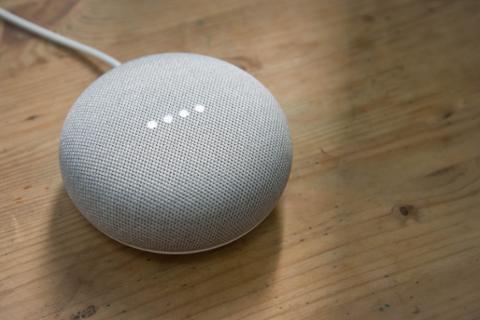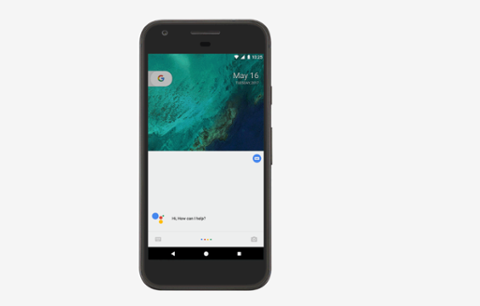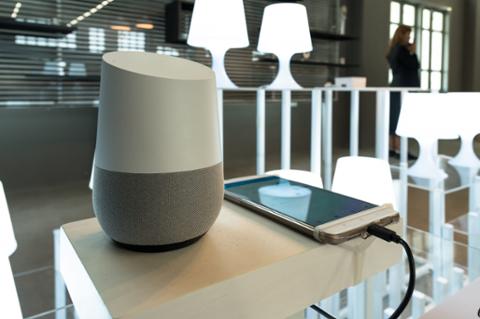
Google is supposedly hard at work on a pair of “smart” headphones that will allow users to interact with the company’s voice-activated digital assistant. The blog
9to5Google stumbled across references to the headphones, codenamed “Bisto,” in the beta code of the new Google app. That code references a “top button” and “Google Assistant button,” as well as some functionality:
<string name=”voice_query_wrong_button4″>To talk to me or ask me a question, press and hold the Google Assistant button on the left earcup while talking.</string>
Google isn’t the only company exploring the possibility of voice-activated headphones. Apple’s AirPods (a pair of wireless earbuds) interact with Siri, sparing owners from having to pull out their iPhone to speak a query. Google and Apple have an advantage in the nascent “smart” headphone market, because both can draw on substantial hardware and software ecosystems to create and power such devices. But other companies will surely catch up, and when that happens, the tech pros tasked with developing apps and “skills” may find themselves in a bit of a bind. To be fair, this was a problem that began to take shape with the rise of Amazon’s Alexa and other home-based digital assistants: machines without screens have no use for the current generation of visual-centric apps. As those assistants become increasingly popular, both in the home and via wearables, developers will have to adjust to a new, voice-centric paradigm. Developer websites and online schools
such as Coding Dojo now offer courses in building “skills” for Alexa and other voice-activated platforms. A developer who’s a self-starter—and many are—should have no problem learning how to program for this brave new world. As these platforms proliferate, the third-party tools should (hopefully) expand as well. Then there’s the matter of pay. Some developers are already making money from Alexa skills, although Amazon remains characteristically tight-lipped about the
actual payment structure. Whatever the platform, though, the lack of a screen constrains the pathways to monetization—and that can’t sit well with developers out there, even if they like the idea of building capabilities for a chattering digital assistant. Welcome to the future: the devices get cooler, but the path to getting paid remains a twisty one, even at the best of times.
 Google is supposedly hard at work on a pair of “smart” headphones that will allow users to interact with the company’s voice-activated digital assistant. The blog 9to5Google stumbled across references to the headphones, codenamed “Bisto,” in the beta code of the new Google app. That code references a “top button” and “Google Assistant button,” as well as some functionality:
Google is supposedly hard at work on a pair of “smart” headphones that will allow users to interact with the company’s voice-activated digital assistant. The blog 9to5Google stumbled across references to the headphones, codenamed “Bisto,” in the beta code of the new Google app. That code references a “top button” and “Google Assistant button,” as well as some functionality:



